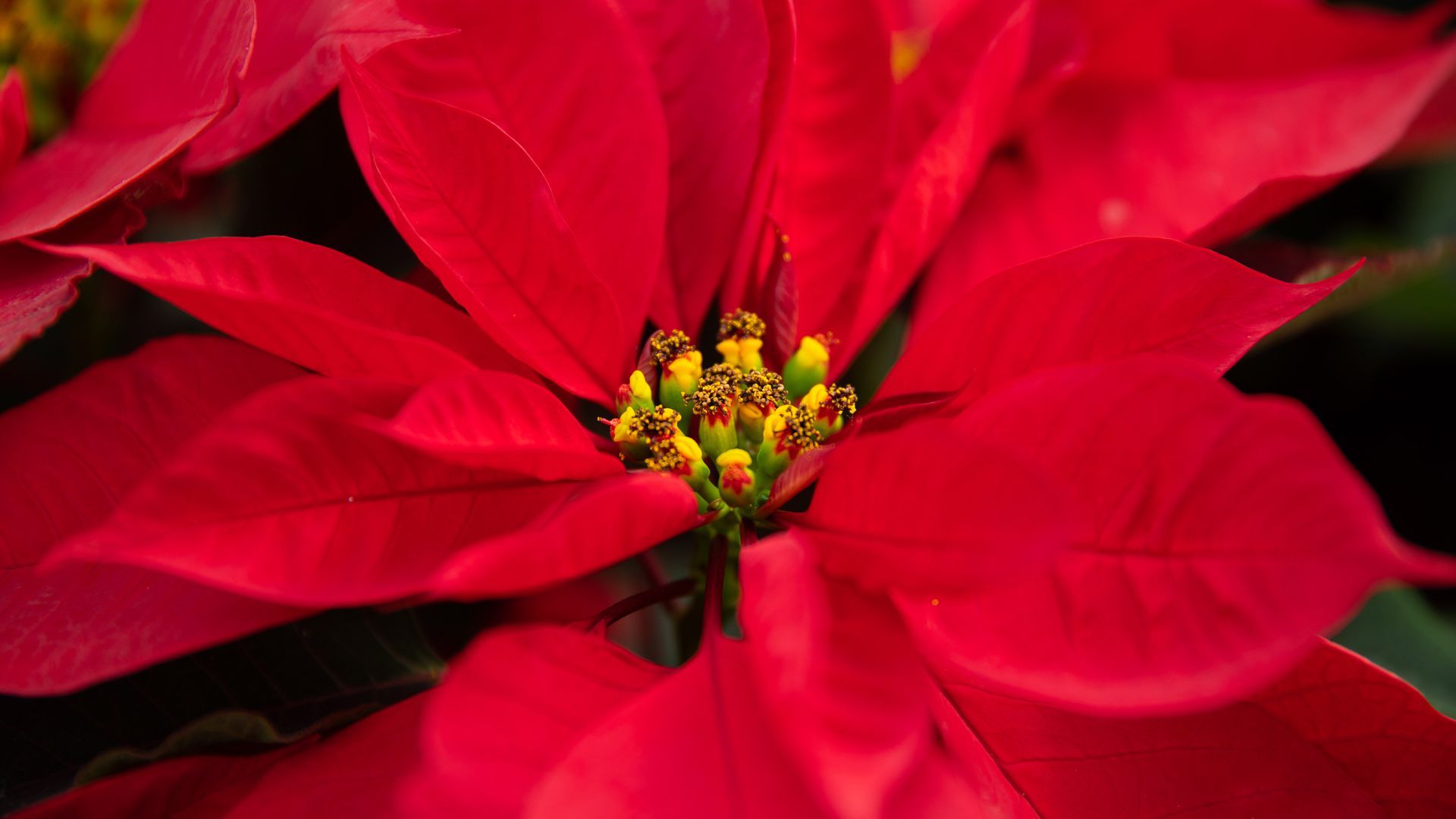
Let us be serious, any valid patent rights expired decades ago. What was preserved and protected was the marketing network without which the plant could easily collapse into obscurity. Who wants to fight a patent over that?
right now the patent fiction is maintained and all plant developers head off to the marketing company.
As usual all marketing companies are happy to run a smokescreen to keep interlopers away. Now you know why legistlators put a twenty year limit on patent rights.
The poinsettia’s forgotten history
https://www.axios.com/2022/12/13/poinsettia-history-mexico-christmas-plant
Poinsettia plants are seen in greenhouses of Xochimilco, in Mexico City, Mexico, on Dec. 7. Photo: Daniel Cardenas/Anadolu Agency via Getty Images
A curious U.S. ambassador and the American family who patented poinsettia varieties are behind the holiday ubiquity of a plant that originated in Mexico.
Why it matters: The poinsettia, which blooms for only a couple of weeks in November and December, is one of the best-selling flowers worldwide. It’s especially popular in the U.S, where the market was worth an estimated $153 million in 2020.But because most poinsettia varieties are patented in the U.S. and have international protections, Mexican farmers have been forced to pay breeder's rights fees to grow and sell them.
The backstory: Aztecs in the 14th century called the plant cuetlaxóchitl, which roughly means "leathered flower" in Náhuatl.They used it for warrior rituals and dyes, and the latex sap to treat wounds and help break a fever.
Other Mesoamerican civilizations had different names. The Maya, for example, called it k'alul wits, which roughly translates to "fire flower."
It wasn't until the first Spanish settlers arrived in Mexico in the 16th century that the plant was specifically linked to the Christmas season.Colonizers used what they eventually called "flor de nochebuena," or Christmas Eve flower, to decorate nativity scenes to mark Christmas and attract people to the faith.
In 1825, four years after Mexico became an independent nation, diplomat Joel Robert Poinsett — who counted botany among his hobbies — was appointed as the first U.S. ambassador to the country.Admiring the plant during Christmas, Poinsett sent samples to friends, before the U.S. had phytosanitary regulations.
Eventually, a sample from Poinsett made its way to a Philadelphia Botanic Garden, which debuted the plant in the U.S. at an 1829 flower show. It then spread throughout the country and across Europe under the name poinsettia.
Among the poinsettia's early propagators were the Ecke family, who patented it after the 1930 Plant Patent Act was passed. The family made the plant smaller, before mass-marketing it as a "California Christmas flower."
The Ecke family's patent is one of many for poinsettia varieties that remains in place today. Those varieties also have global protections through the International Union for the Protection of New Varieties of Plants.
Mexican growers also cannot sell their poinsettias to the U.S. as full plants, just as cuttings, because of regulations related to soil.
What to watch: The patents affect most varieties of the plant, but Mexican botanists and farmers are working to register other varieties that won't be subject to the fees.So far, they've registered seven varieties with the Mexican regulator — the first step in obtaining international protections.
Between the lines: For years, Mexicans used the word poinsettismo, referring to Poinsett, to describe actions perceived as American meddling ahead of the Mexican-American War.
Subscribe to Axios Latino to get vital news about Latinos and Latin America, delivered to your inbox on Tuesdays and Thursdays.
No comments:
Post a Comment